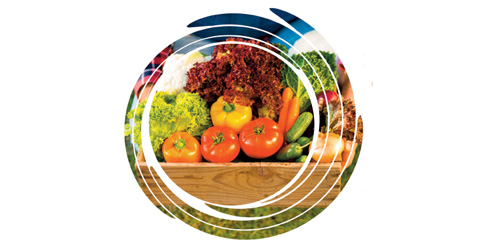And although many growers have turned to mechanization, blueberries aren’t one of the better crops for such high-tech harvest intervention. There can be damage and losses from mishandling as well as the removal of green fruit that would normally be picked in the second or third rounds of harvesting.
“Labor will be an issue until we get a definite policy in place on how secure a labor force to harvest our vegetables,” comments Nardelli. “It will continue to be a challenge until we have a clear path.”
International pressure
With the rising cost of all facets of growing in the United States, competition is rife from other countries too, especially our southerly neighbor, Mexico. “One of the biggest industry impacts is our ability to compete with Mexico,” contends D’Ottavio. “Mexico continues to grow for much less, leaving only weather to create a market for us.”
DeFoor agrees, but broadens the scope, stating that the continual “influx of produce from other countries undercuts the market.”
And while blueberries still reign supreme as one of Jersey’s top crops, they are not immune to domestic or global competition. Growers in several states have increased blueberry acreage, including Michigan, Florida, and North Carolina.
D’Ottavio sees “diversification” as a key to survival in the produce industry. “We need to have a diverse customer base that consists of retailers, wholesalers, foodservice, and processors to give us the ability to move all our number-one products and off grades.”
As part of this initiative, D’Ottavio Produce began handling its own transportation in 2015, covering customers from Maine to Florida. “This allows us to make sure our customers get on-time deliveries, on new and clean equipment that meets third-party audits and cool chain requirements.”
Future Outlook
Despite the requisite and unusual challenges, South Jersey producers aren’t slowing down. The region touts a rich local legacy and continues to add products to its lineup to meet demand.
“All we can do is grow the very best product, promote healthy food, and pray for good weather and markets,” shares D’Ottavio. Better yet, in his view, is creating a sustainable operation “so our children will follow in our footsteps, and continue to feed this ever-changing and growing industry for many years to come.”
Image: Suzana Marinkovic/Shutterstock.com



